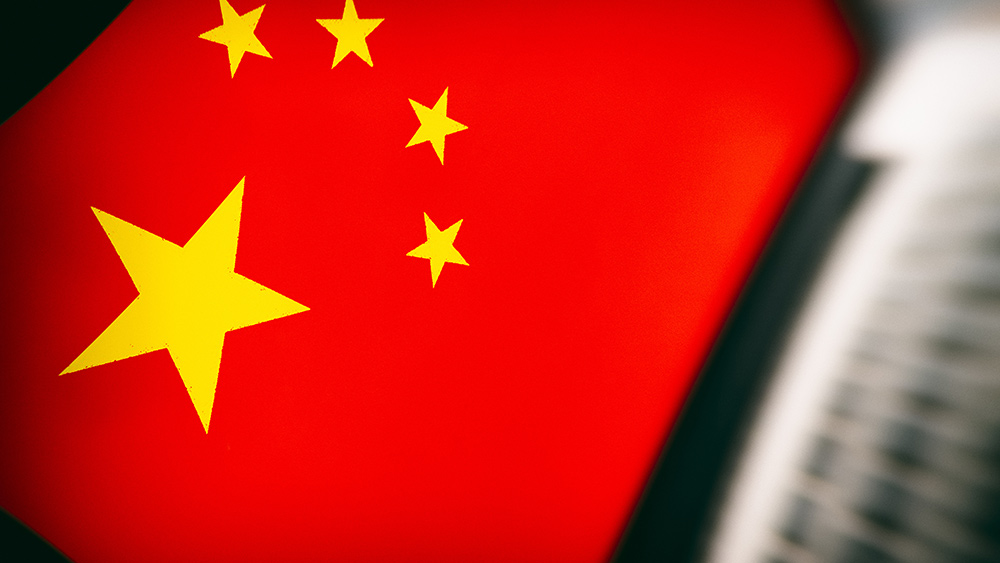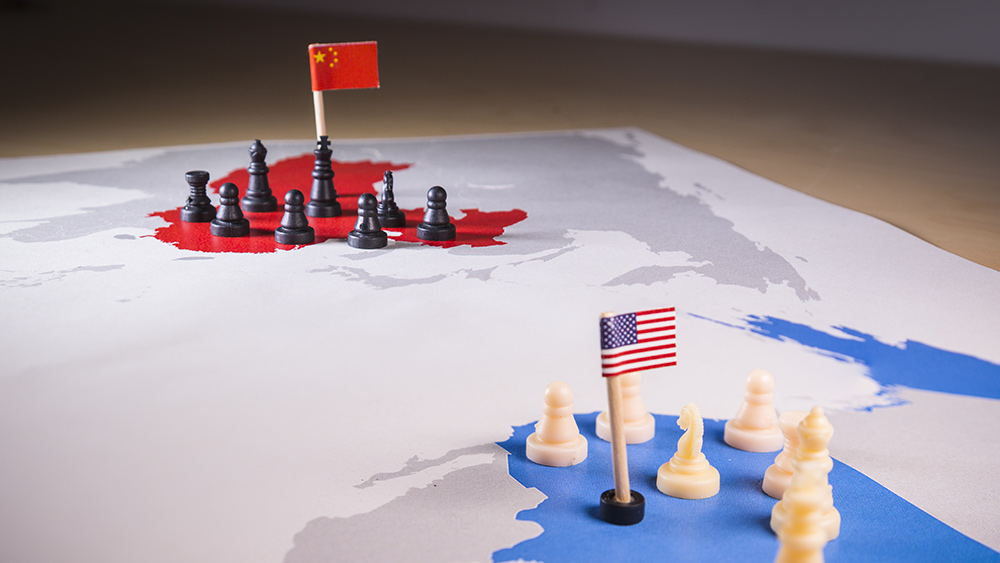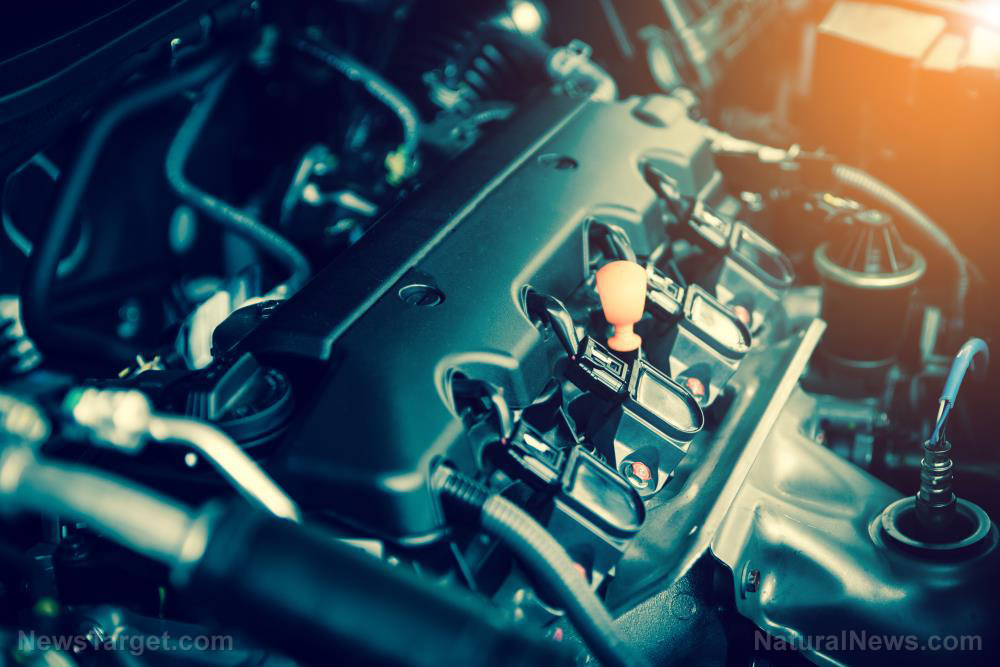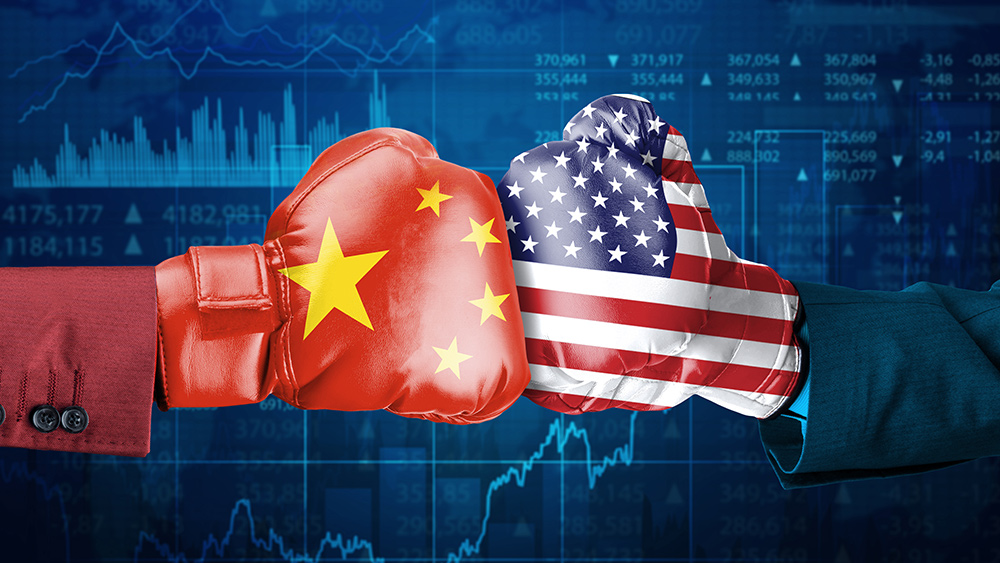 Parler
Parler Gab
Gab
- China processes 60-70% of the world’s lithium and cobalt for battery cathodes and 70% of graphite for anodes, with near-total control over rare earth minerals.
- Chinese firms own 80% of cobalt mines in Congo and dominate lithium extraction in South America’s "lithium triangle."
- Japan plans to increase domestic battery production seven-fold by 2030 to avoid supply disruptions.
- China has imposed export restrictions on graphite, signaling its willingness to weaponize critical minerals.
- The U.S. produces zero natural graphite, leaving it entirely dependent on foreign sources.
The great mineral heist: How China cornered the market
While Western nations championed green energy as a path to sustainability, China strategically secured the resources needed to dominate the emerging sector. By investing heavily in Africa and South America, Beijing now controls critical supply chains, leaving the West vulnerable. In the Democratic Republic of Congo—which supplies over 50% of the world’s cobalt—Chinese firms own 80% of mines, effectively turning the country into an economic satellite. Similarly, in South America’s lithium-rich regions, Chinese companies control half of global reserves, while Australia, the top lithium producer, sends nearly all its output to China for refining. This consolidation of resources has given China unprecedented leverage. With 70% of cobalt, 65% of lithium, and 80% of rare earth processing under its control, Beijing could disrupt global industries at will. Experts warn that Western green energy ambitions hinge on Chinese goodwill—a precarious dependency that undermines energy security. "China didn’t just enter the market; they command it," noted an analyst. If supply chains are weaponized, electric vehicle production, renewable energy storage, and tech manufacturing could face catastrophic disruptions, exposing the West’s risky reliance on a single geopolitical rival.The coming graphite crisis: A warning sign for the West
Graphite, a key component in lithium-ion batteries, is the latest mineral caught in China’s crosshairs. In 2023, Beijing slapped export restrictions on graphite products, a move experts say is a test run for broader economic warfare. The U.S., which produces zero natural graphite, is particularly vulnerable. China’s dominance isn’t just in mining—it’s in processing. The country refines over 90% of the world’s graphite and manufactures 85% of battery anodes. Even if other nations ramp up mining, they’ll still need China to turn raw ore into usable material. Japan, recognizing the danger, is now pushing to boost domestic battery production to 150 GWh annually by 2030. But with China controlling 74% of global battery component exports, breaking free won’t be easy.The new energy cold war: Who will control the future?
The stakes couldn’t be higher. As the world shifts to electric vehicles and renewable energy, control over these minerals means control over the global economy. China’s leaders know this—and they’re not afraid to use it. "Western nations have been naive," said a metals trader in Hong Kong. "They assumed free markets would protect them, but China plays the long game. They’re not just building batteries—they’re building leverage." If the U.S. and its allies don’t act fast, they may find themselves at the mercy of a regime that has already shown its willingness to weaponize trade and seek new land for mining and exploitation. The question isn’t just about energy—it’s about survival in a new era of resource warfare. Sources include: CleanTechnica.com CleanTechnica.com Comtradeplus.un.orgTrade truce in danger as Trump accuses China of violating deal, talks hit roadblock
By Cassie B. // Share
GM shifts away from EV push with $888M investment in New York V-8 engine plant
By Cassie B. // Share
U.S. halts critical exports to China amid escalating trade and supply chain wars
By Willow Tohi // Share
Selene Yeager’s “New Foods for Healing” reveals the hidden disease fighters in people’s pantries
By Kevin Hughes // Share
U.S. consumer confidence soars on U.S.-China trade truce’s “new normal”; economic mood shifts
By Willow Tohi // Share
How illegal SEAHORSE smuggling fuels a multi-million-dollar black market
By Lance D Johnson // Share
Governments continue to obscure COVID-19 vaccine data amid rising concerns over excess deaths
By patricklewis // Share
Tech giant Microsoft backs EXTINCTION with its support of carbon capture programs
By ramontomeydw // Share
Germany to resume arms exports to Israel despite repeated ceasefire violations
By isabelle // Share










